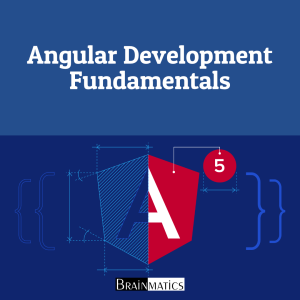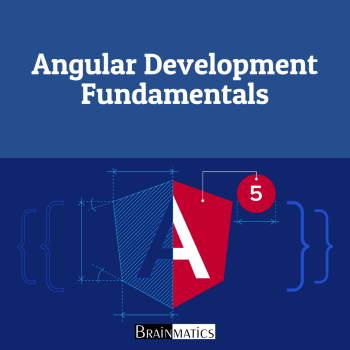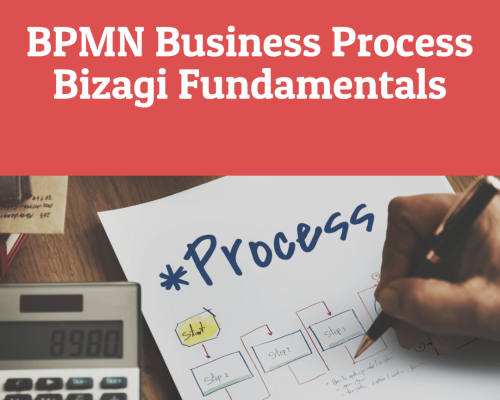
Praktik pengembangan frontend software berbasis web offline menggunakan framework Angular. Dilengkapi dengan pembahasan studi kasus terkait instalasi Angular, penggunaan modul service workers untuk membuat progressive web app (PWA), serta pembuatan data offline dengan menggunakan kombinasi Dexie.js dengan IndexDB
CONTENT
1. Building Modern Web Applications
1.1. Laying the Foundation
1.2. Original Problem
1.3. Caveates with the Web Application Solution
1.4. Use Case
1.5. Code Samples
1.6. Summary
2. Getting Started
2.1. Prerequisites
2.2. Create an Angular Application
2.3. Run the Angular Application
2.4. Working with Yarn Global Add
2.5. Summary
3. Installing an Angular Application
3.1. Angular Components
3.2. Summary
4. Service Workers
4.1. Service Worker Lifecycle
4.2. Service Worker in an Angular Application
4.3. Web Arcade’s Service Worker Configuration
4.4. Pattern Match Resources to Cache
4.5. Browser Support
4.6. Summary
5. Cache Data with Service Workers
5.1. Adding a Component to List Board Games
5.2. Define a Data Structure for Board Games
5.3. Mock Data Service
5.4. Call the Service in the Angular Application
5.5. Cache the Board Games Data
5.6. Angular Modules
5.7. Summary
6. Upgrading Applications
6.1. Getting Started with SwUpdate
6.2. Identifiying an Update to the Application
6.3. Identifiying When an Update Is Activated
6.4. Activating with the SwUpdate Service
6.5. Checking for a New Version
6.6. Notifying the User About the New Version
6.7. Managing Errors in Unrecoverable Scenarios
6.8. Summary
7. Introduction to IndexedDB
7.1. Terminology
7.2. Getting Started with IndexedDB
7.3. Creating Object Story
7.4. Browser Support
7.5. Limitation of IndexedDB
7.6. Summary
8. Creating the Entities Use Case
8.1. Web Arcade: Game Details Page
8.2. Updates to Mock HTTP Services
8.3. Summary
9. Creating Data Offline
9.1. Adding Comments Online and Offline
9.2. Synchronizing Offline Comments on the Server Side
9.3. Updating Data in IndexedDB
9.4. Summary
10. Dexie.js for IndexedDB
10.1. Transactions
10.2. Add
10.3. Delete
10.4. Update
10.5. Retrieve
10.6. More Options
10.7. Summary
11. Addendum
11.1. Creating a Proxy for Mock Services
11.2. Using the Bottom Sheet for a Die Roll
11.3. Using a Hash Location Strategy
11.4. Summary
Course Features
- Lectures 0
- Quizzes 0
- Duration 4 days
- Skill level All levels
- Language English
- Students 0
- Certificate No
- Assessments Yes




